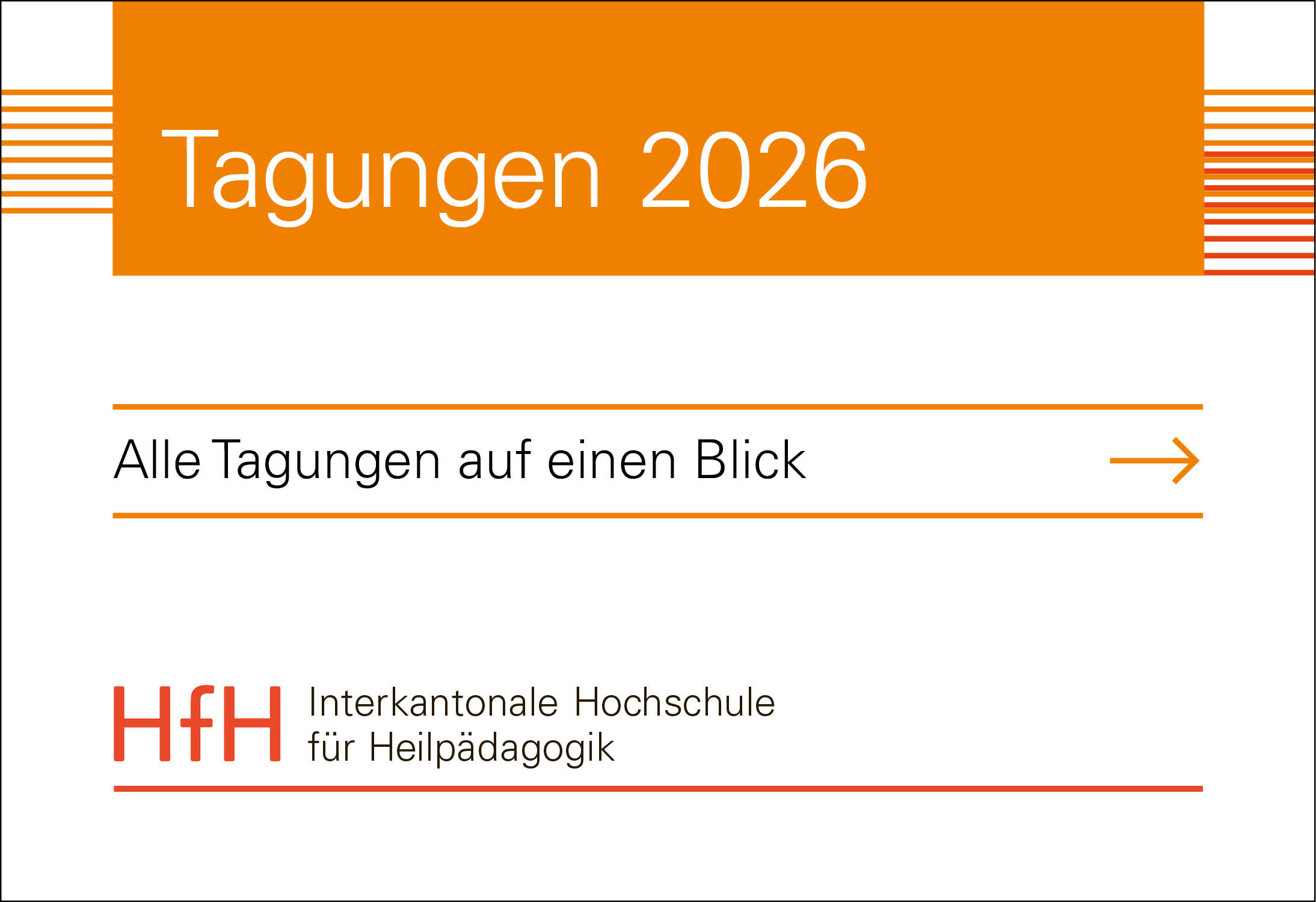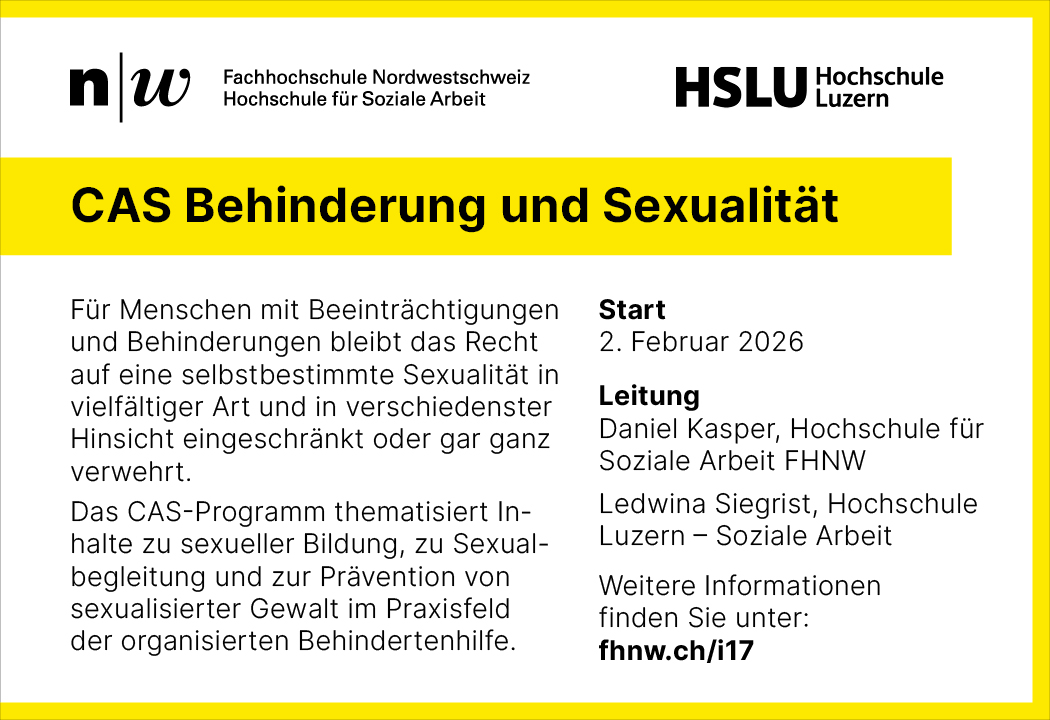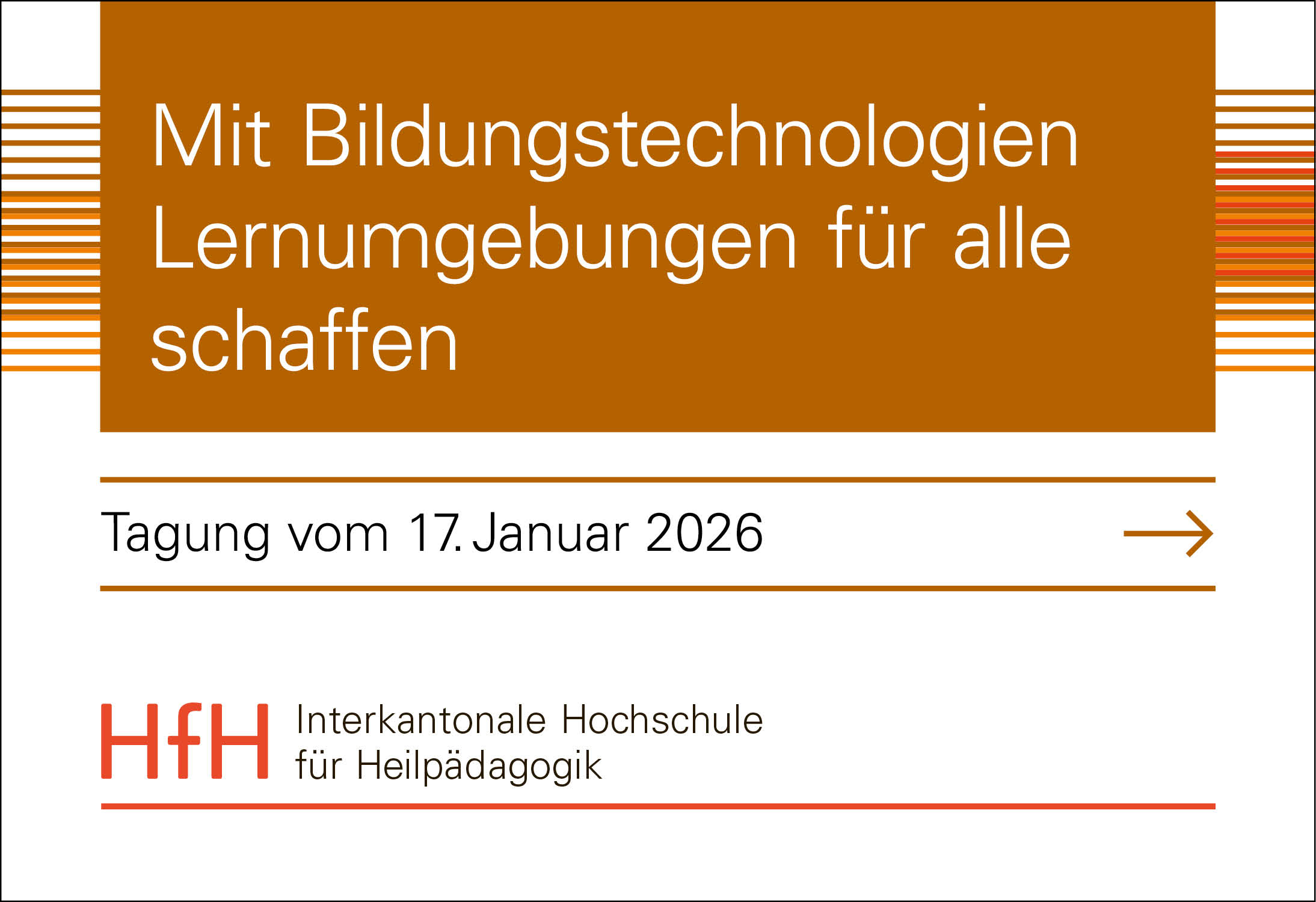Schüler:innen mit einer Hörbeeinträchtigung im teilintegrativen Bildungssetting
Interaktionsformen in lautsprachlichen Klassen mit Assistenz
DOI:
https://doi.org/10.57161/z2024-03-05Schlagworte:
Hörbehinderung, Partizipation, inklusiver Unterricht, Gebärdensprache, AssistenzAbstract
Der Beitrag basiert auf einer Studie, in welcher die Partizipation von vier Jugendlichen mit einer Hörbeeinträchtigung in einem teilintegrativen Setting beobachtet wurde. Untersucht wurden typische Interaktionsformen von Jugendlichen mit einer Hörbeeinträchtigung, die in deutscher Lautsprache und in Deutschschweizerischer Gebärdensprache kommunizieren und mit Unterstützung einer hörenden Assistenzperson am Unterricht teilnehmen. Die Ergebnisse zeigen die zentrale Rolle der Assistenzperson sowie Herausforderungen und Grenzen der Unterstützung. Abschliessend wird auf mögliche erweiterte Unterstützungsleistungen hingewiesen, insbesondere durch fliessend gebärdende Assistenzpersonen und Dolmetscher:innen mit erweitertem Auftrag.
Literaturhinweise
Alasim, K. N. (2018). Participation and Interaction of Deaf and Hard-of-Hearing Students in Inclusion Classroom. International Journal of Special Education, 33 (2), 493–506.
Antia, S. D., Jones, P., Luckner, J., Kreimeyer, K. H. & Reed, S. (2011). Social outcomes of students who are deaf and hard of hearing in general education classrooms. Exceptional Children, 77 (4), 489–504.
Audeoud, M., Becker, C., Krausneker, V. & Tarcsiovà, D. (2017). Bimodal-bilinguale Bildung für Kinder mit Hörbehinderung in Europa. Das Zeichen, 107, 416–429.
Becker, C., Audeoud, M., Krausneker, V. & Tarcsiová, D. (2017). Bimodal-bilinguale Bildung für Kinder mit Hörbehinderung in Europa. Teil I: Erhebung des Ist-Stands. Das Zeichen, 105, 60–72.
Bogner, B., Hintermair, M. & Avemarie, L. (2022). Die Bedeutung von Hörqualität für die Partizipation und die Lebensqualität von Schüler:innen mit Hörbehinderung an allgemeinen Schulen. Empirische Sonderpädagogik, 14 (4), 334–351.
Drew, P. & Heritage, J. (1992). Analyzing talk at work: An introduction. In P. Drew & J. Heritage (eds.), Talk at Work: Social Interaction in Institutional Settings (pp. 3–65). Cambridge University Press.
Egilsona, S. T. & Traustadottir, R. (2009). Assistance to pupils with physical disabilities in regular schools: promoting inclusion or creating dependency? European Journal of Special Needs Education, 24 (1), 21–36.
Girard-Groeber, S. (2018). Participation by hard-of-hearing students in integration classroom: Facets of interactional competence. Frank & Timme.
Goodwin, C. & Goodwin, M. (2004). Participation. In A. Duranti (ed.), A companion to linguistic anthropology (pp. 222–244). Blackwell.
Groeber, S. (2012). Identité(s) en interaction – Des adolescents déficients auditifs en classe d’intégration. Tranel, 57, 121–141.
Grosjean, F. (2008). Studying Bilinguals. Oxford Linguistics.
Keating, E. & Mirus, G. (2003). Examining interactions across language modalities: Deaf children and hearing peers at school. Anthropology and Education Quarterly, 34 (2), 115–135.
Long, G., Stinson, M. & Braeges, J. (1991). Students’ perception of communication ease and engagement: How they relate to academic success. American Annals of the Deaf, 136, 414–421.
Ohna, S. E. (2005). Researching classroom processes of inclusion and exclusion. European Journal of Special Needs Education, 20 (2), 167–178.
Sahlström, F. (1999). Up the Hill Backwards: On Interactional Constraints and Affordances for Equity-constitution in the Classrooms of the Swedish Comprehensive School. Uppsala Studies in Education 85.
Schwab, S., Wimberger, T. & Mamas, C. (2019). Fostering Social Participation in Inclusive Classrooms of Students who are Deaf. International Journal of Disability, Development and Education, 66 (3), 325–342.
Sidnell, J. & Stivers, T. (2012). Handbook of Conversation Analysis. John Wiley & Sons.
WHO (World Health Organization) (2001). The International Classification of Functioning, Disability and Health. World Health Organization. https://www.who.int/standards/classifications/international-classification-of-functioning-disability-and-health
Veröffentlicht
Zitationsvorschlag
Ausgabe
Rubrik
Lizenz
Copyright (c) 2024 Simone Girard-Groeber

Dieses Werk steht unter der Lizenz Creative Commons Namensnennung 4.0 International.









